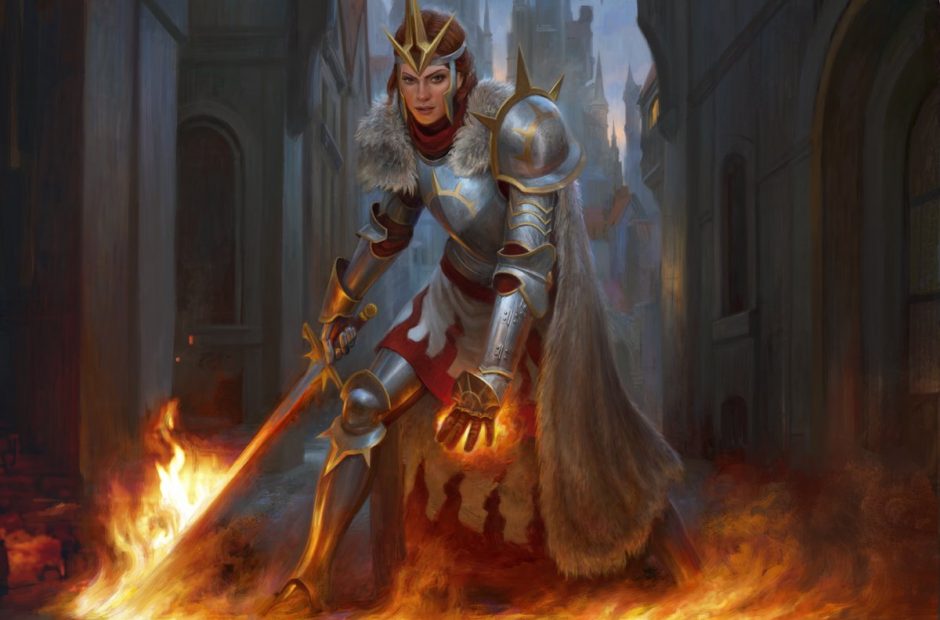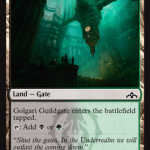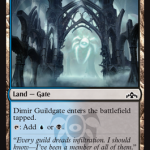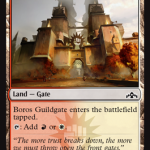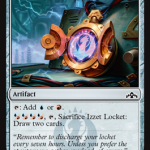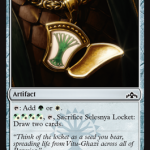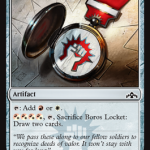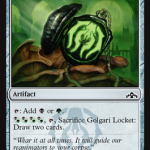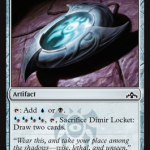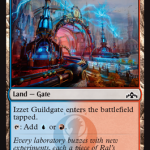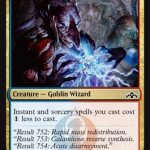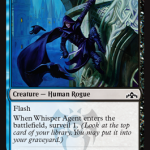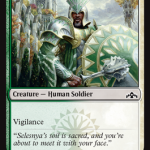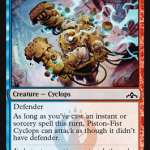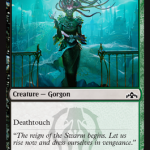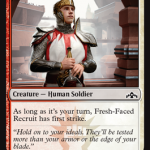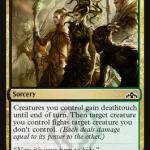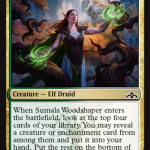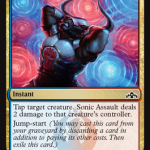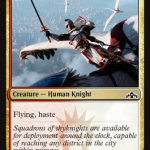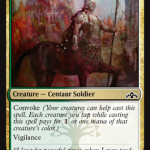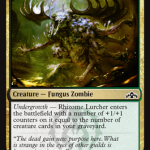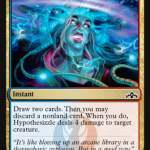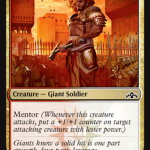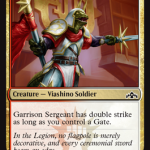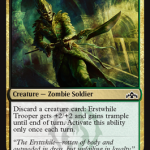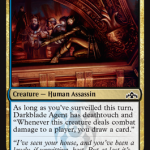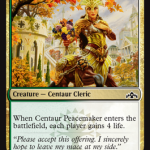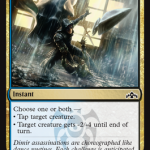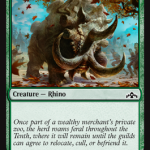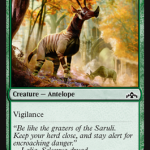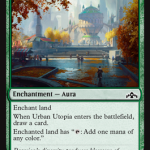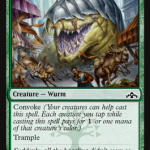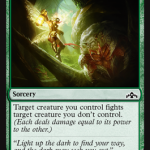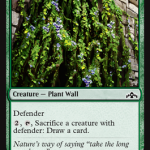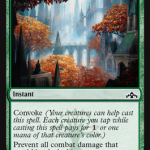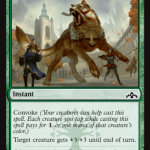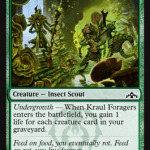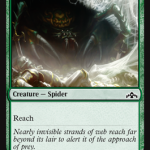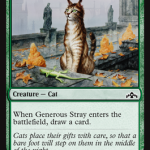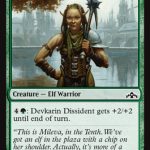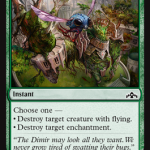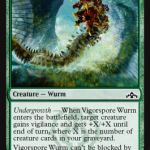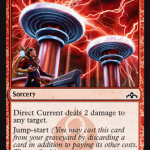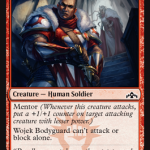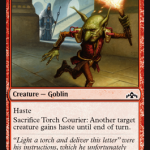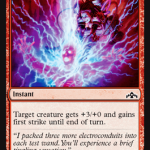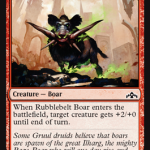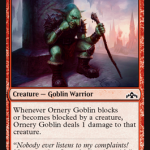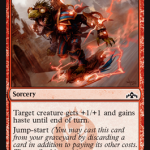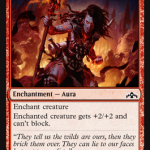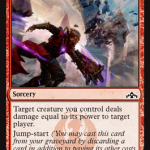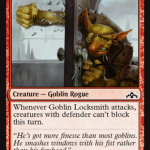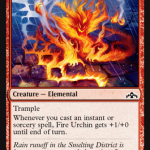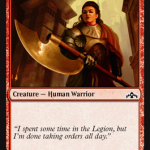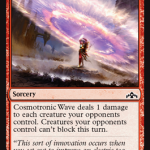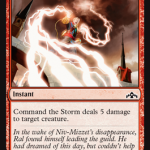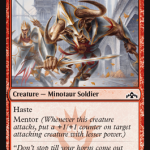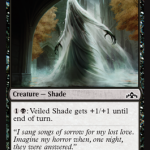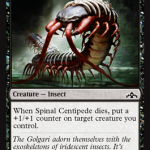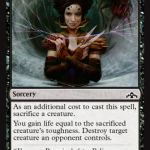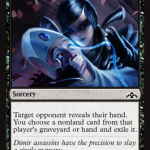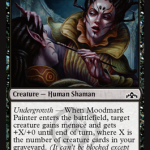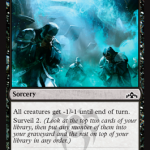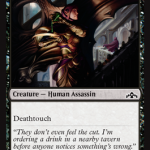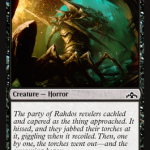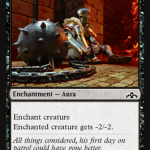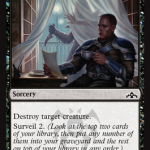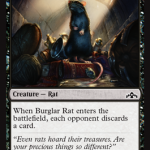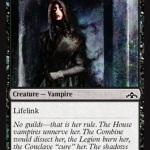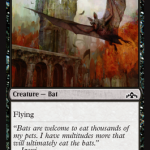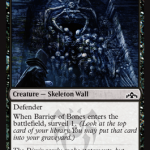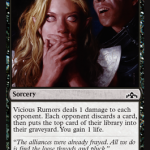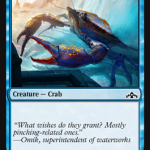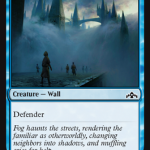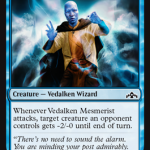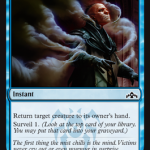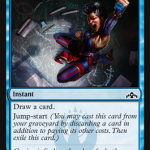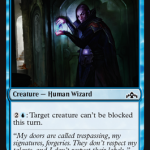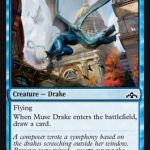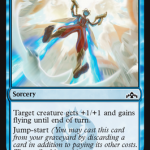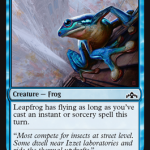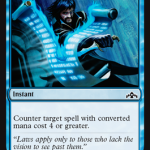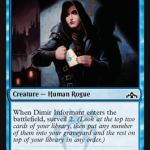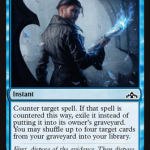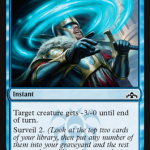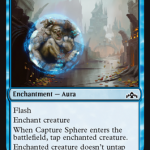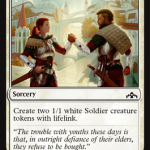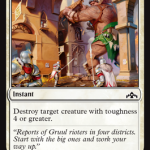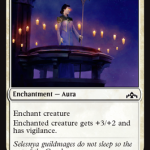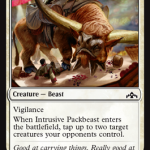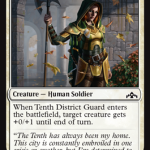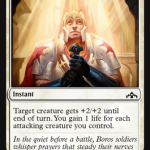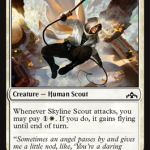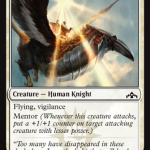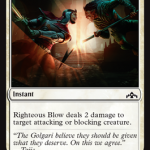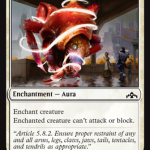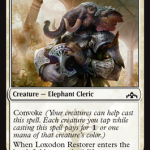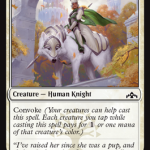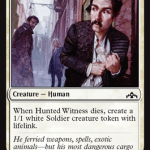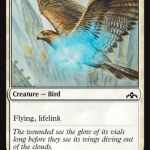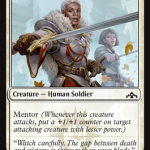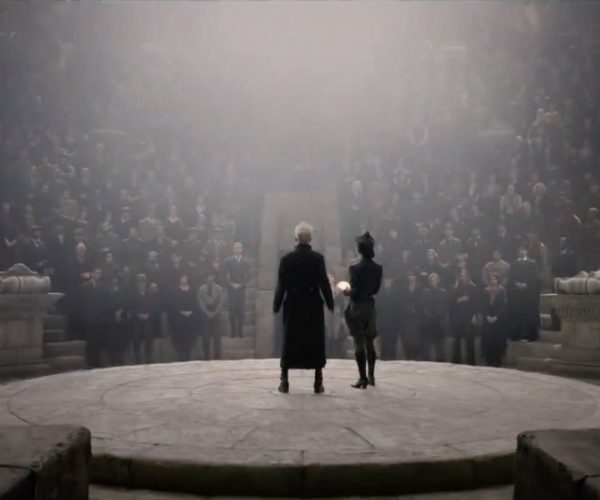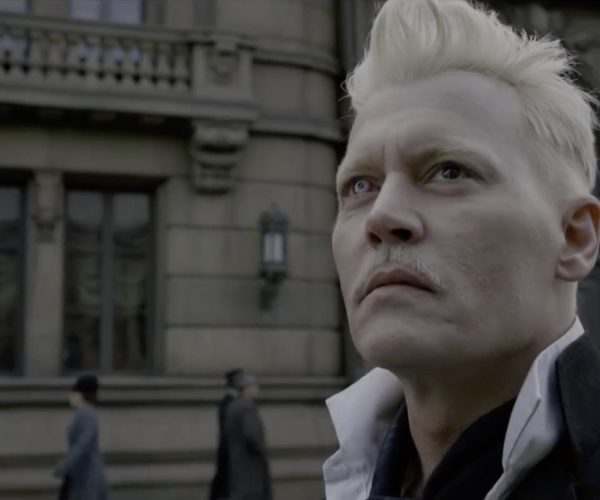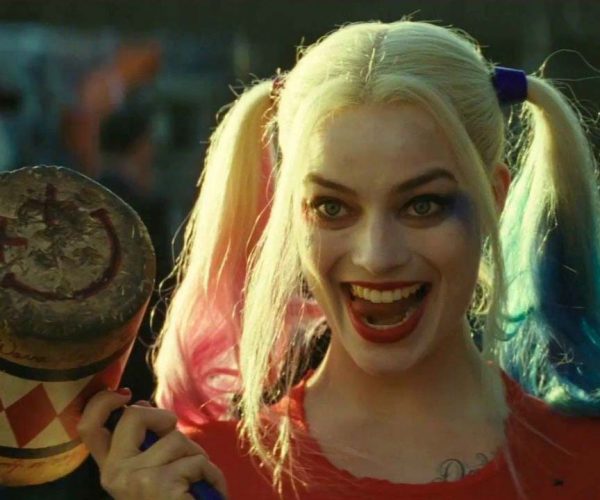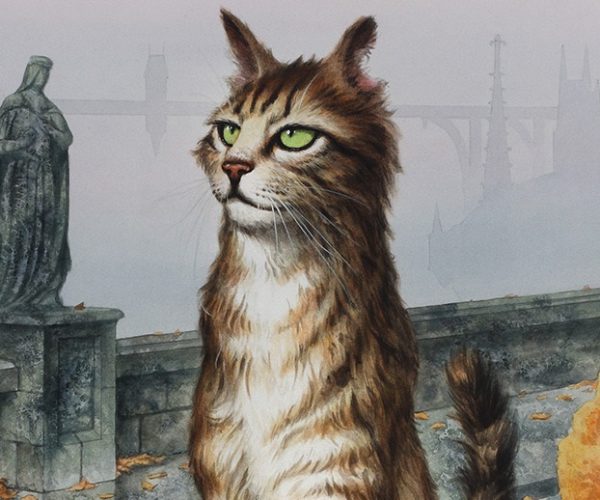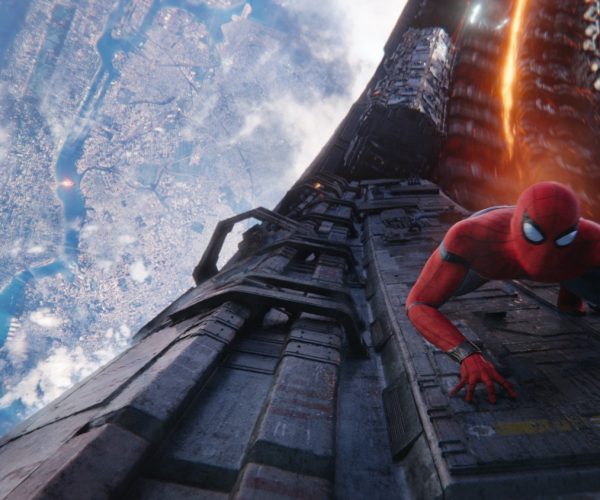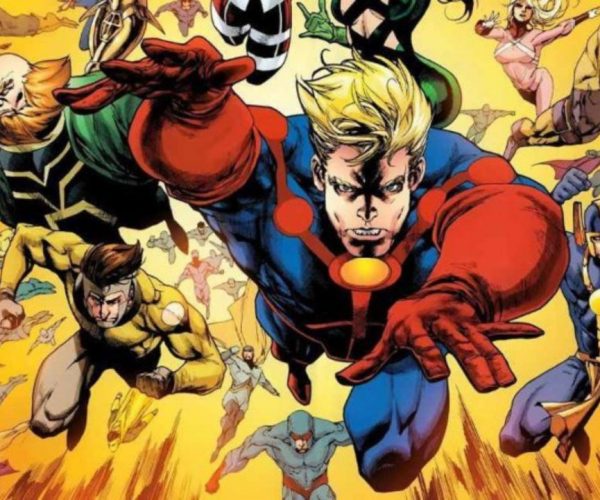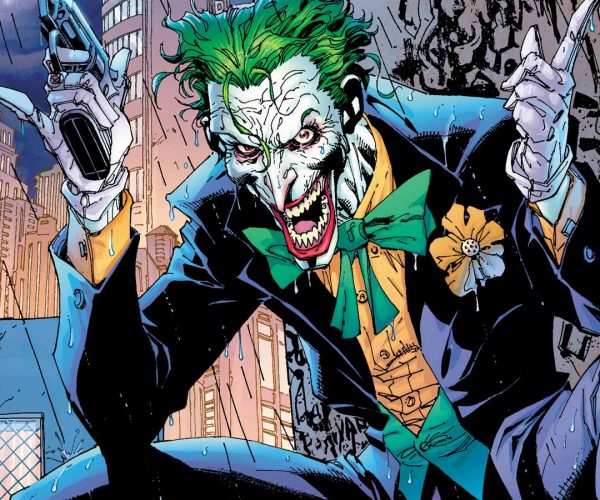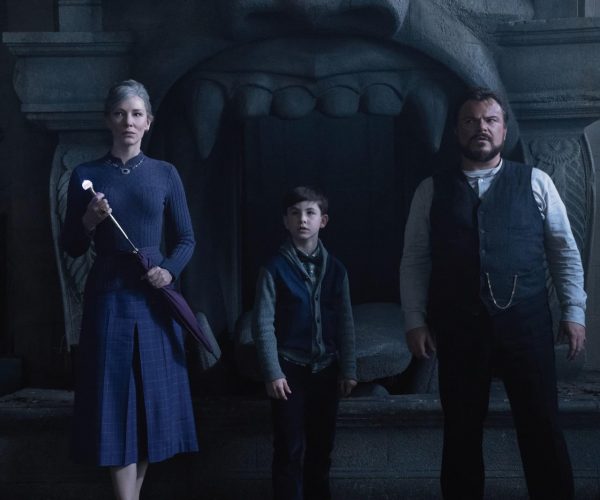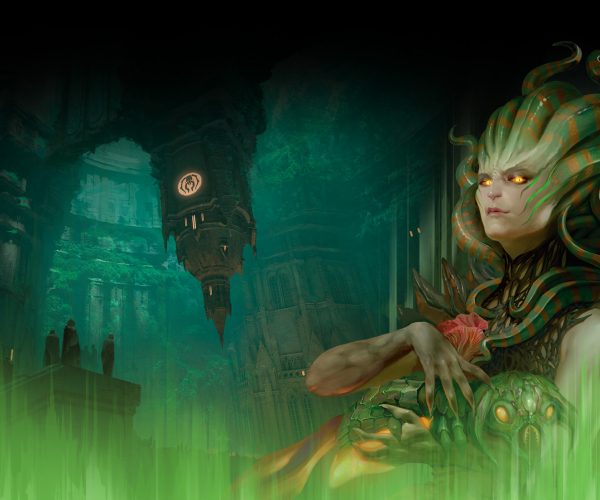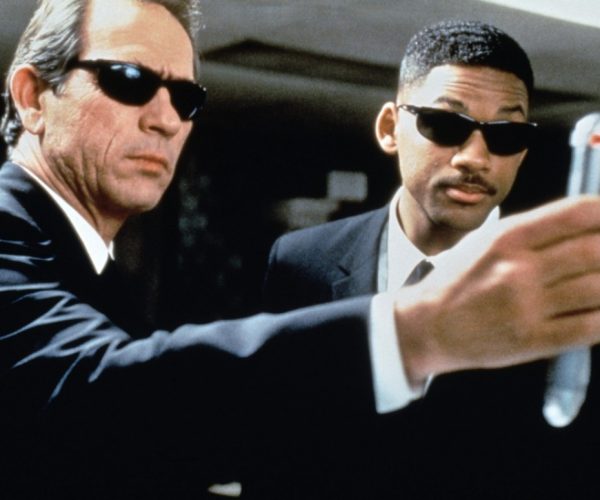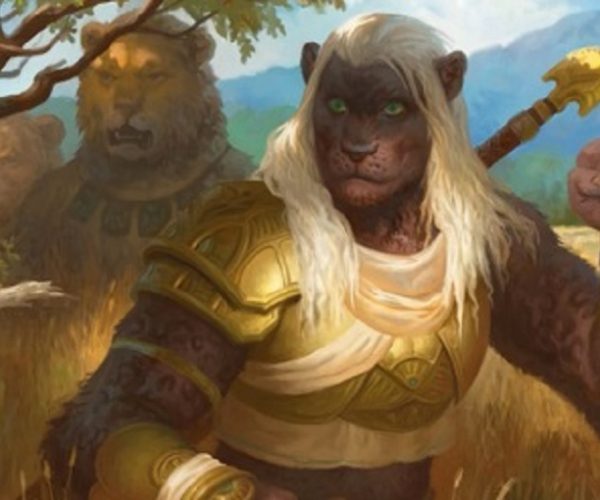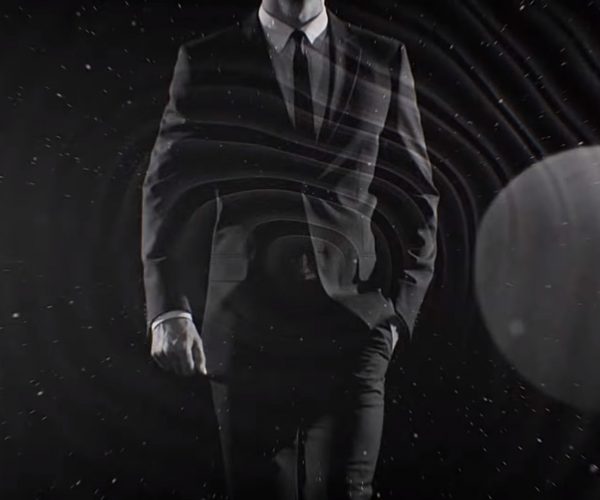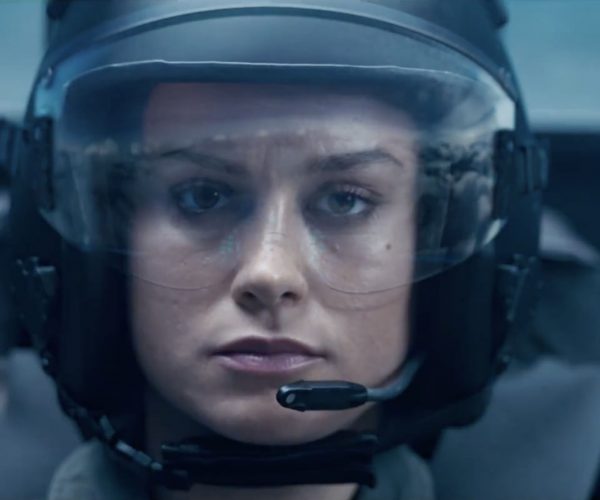Magic: The Gathering’s latest expansion, Guilds of Ravnica, simply has far too many playable cards, and reviewers everywhere are noticing this. Between the monocolor commons, which we covered yesterday, and the multicolor commons, which we’re doing today, there’s simply too much to talk about.
Complex mechanics, color combinations, potential three or four color decks, Guilds of Ravnica is shaping up to be one hell of a limited set. Dominaria, another recent set many hold as one of the best of all time, might have met its match, and it’s only two expansions in the past. A sign that Wizards of the Coast is learning how to deliver consistent quality again.
Let’s hope this doesn’t turn into the inverse of Ixalan and gets too out of control and be too complex for its own good.
Today, we’re taking on the multicolor and colorless cards.
MULTICOLOR
Having multicolored cards at common means Wizards of the Coast wants you to head in these directions. Colors like Red, which seem unimpressive alone, find more power here, and colors like Black, which doesn’t seem to want to play with its friends, have more incentive to get along with its pairings.
BOROS
Red/White
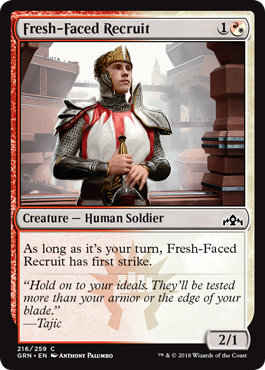
Another card I’ve already written about, this is a stalwart little guy that is immune to mana screw thanks to a slick hybrid border, and it will aggressively pound opponents into the dust, killing off most early blockers with ease. When powered up with mentor, it becomes even more deadly if not dealt with.
Aggressive early and a fine threat later in the game, it covers all grounds as a common for Boros.
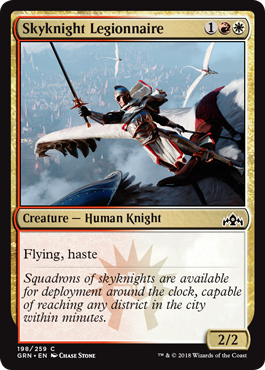
Totally! Get in early, get in heavy. Mentor it up on turn-4, and you have a nice flying threat to pressure opponents with.
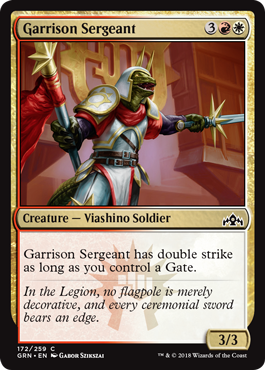
If you secure two or three Gates, which isn’t that hard because there is at least one in every pack, then this card is a legit game closer. If not, it’s simply not worth the price. Find the gates, and you’ll find victory!
If you don’t get the gates, don’t even bother. A 3/3 vanilla for five is plain awful in any form of Magic.
SELESNYA
Green/White
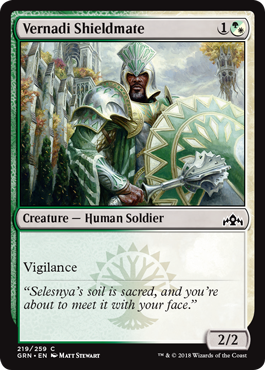
Just like a cowbell, you’re going to want that vigilance, baby! In a Selesnya deck with enough convoke spells, this is pure value, casting spells while still getting in for attacks. Otherwise, it’s a decent bear that is immune to mana screw.
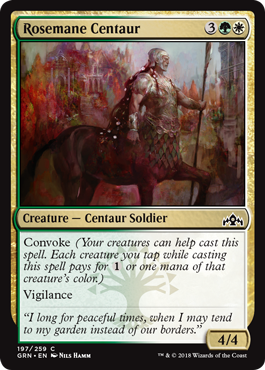
A turn-3 4/4 with vigilance? Yes, please! If this comes down early in the game, there will be zero answers for it on the board.
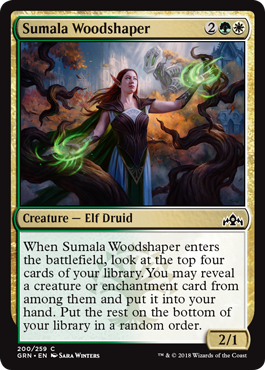
Dig for your threats while leaving a creature behind? I mean, four mana is a lot, but if you hit something bit with it, it’ll be totally worth it. That 2/1 body also is left back to block, keeping your turn intact.
A little on the expensive side, but I wouldn’t cut it.
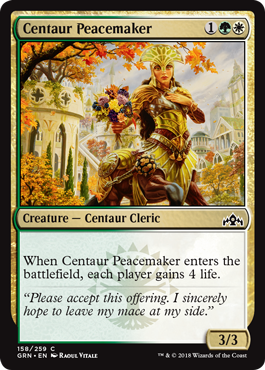
3/3 for three mana is a standard Green deal in Magic, and this creature will be able to rumble with any card on the board at that point. In true White fashion, this card also gains a fair amount of life and solidifies the high life totals Selesnya needs for the long game.
All four of Selesnya’s common cards provide a ton of value without any risks, making it the premiere Guild for common cards.
IZZET
Blue/Red
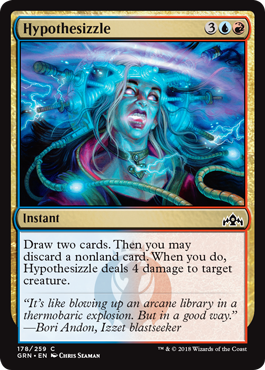
Snoop Dawg’s favorite Magic card, it provides card draw, graveyard fodder for Izzet payoffs, and a removal effect. If you discard a worthless card and takedown a huge creature, Hypothesizzle has the potential to deliver a 3-for-1 move for just five-mana.
No objections here, this is a common payoff that any Izzet deck would kill for.
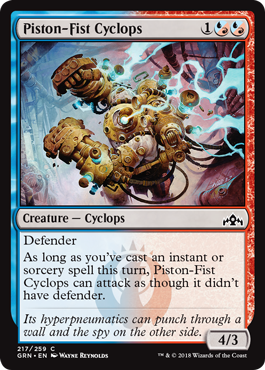
Nivix Cyclops this is not, nor is it an Enigma Drake, but when put in a proper spells deck this Cyclops can shell out some serious hits. Build around them at common for huge damage, but you’re going to need a lot of spells to justify it.
Izzet has a lot of ammunition, but the payoffs are clearly not at the common level. If you’re drafting, hope to find some bombs in the upper rarities to close out your games, or else, it seems like it will be shooting blacks.
DIMIR
Blue/Black
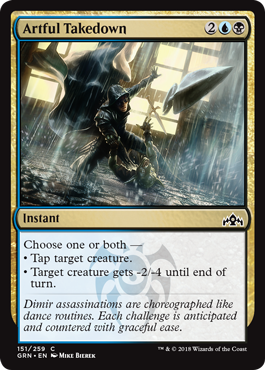
Solid, versatile Dimir removal. If played just after attackers are declared on an opponent’s turn, you can kill off a fairly large brute with the -4 to toughness and tap a blocker that was left behind. This messes up opponent’s combat like you wouldn’t believe, and open blockers on their turn means their taking a big hit.
Always play this card for both effects. Only play for one effect if you’re desperate.
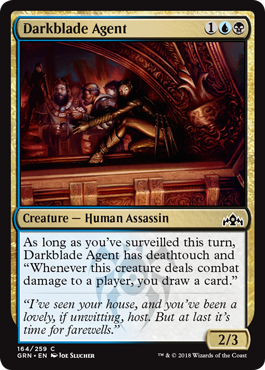
In a deck loaded with the surveil mechanic, Darkblade Agent turns the mechanic’s deck fixing into either pure card advantage or hard creature removal… your opponent’s choice. Neither is a pretty one.
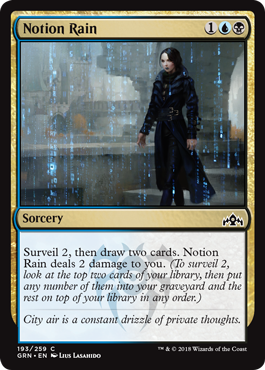
Three mana and two life for what amounts to deep deck fixing and drawing two cards. Life is a valuable resource in Limited Magic, just as useful as mana when it comes to casting some cards, and gaining the upper hand by drawing the cards you actually want is easily worth two points of life.

Excellent card. This ambushes many creatures and it will often trade up if you flash it in properly, still delivering that surveil trigger in the process. If not used to ambush, this played at the end of an opponent’s turn grants easy deck fixing just before you draw and puts a powerful attacker on the board that an opponent didn’t expect.
Oops! Dimir’s cards are strong, perhaps the best of all the Guilds at common. Sorry Selesnya.
GOLGARI
Black/Green
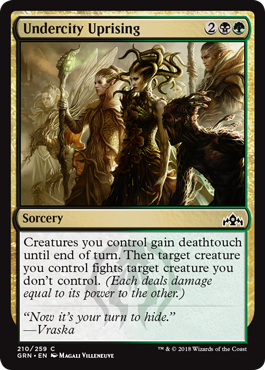
Golgari starts big with what is essentially a removal spell that follows up with combat phase where blocking is not recommended at all. Undercity Uprising is a common that can either win you the game or clear an opponent’s board state. Make them desperate to block, and put them in a corner.
Golgari’s way.
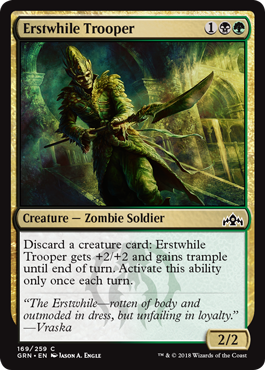
The stat boost and trample might be worth the transaction if you’re tossing a useless creature or unnecessary land card. However, the true function of this common is to unload fodder creatures into the graveyard, opening up powerful undergrowth abilities.
Just don’t expect to find those payoffs at common, where Golgari struggles to keep up with the other Guilds.
COLORLESS
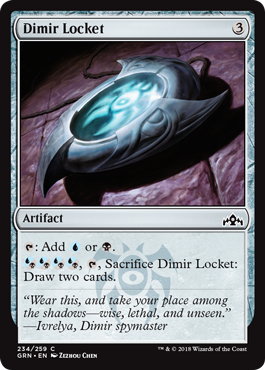
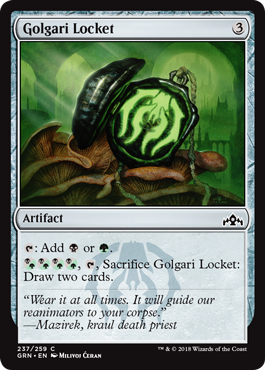
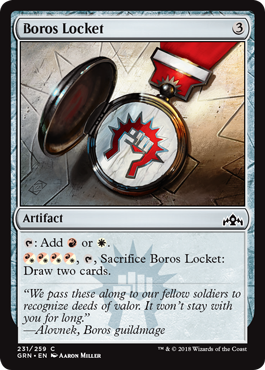
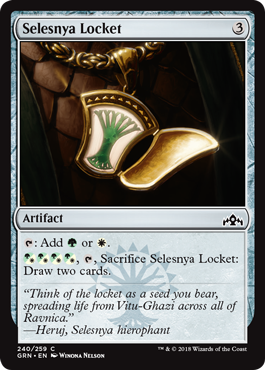
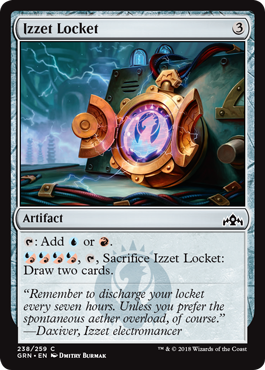
Great mana-fixing, great sources of ramp. These come at the downside of being more expensive than the signets, Ravnica’s usual artifact mana-rocks. However, their ease of use and the ability of trading them in later for two cards makes them worth the added cost.
It depends on the Guild which is better. Boros wants nothing to do with these cards, and Selesnya doesn’t really need them since convoke gets mana from creatures. However, the slower guilds like Izzet, Dimir, and Golgari should seek them out highly in a draft.
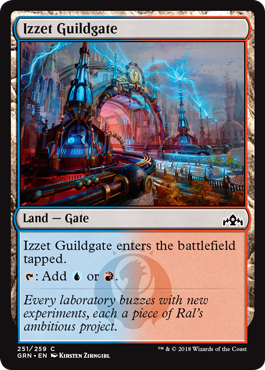
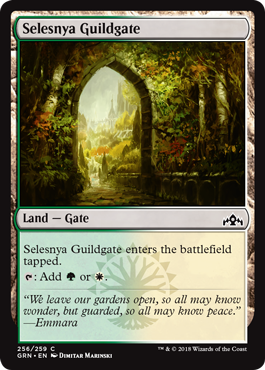
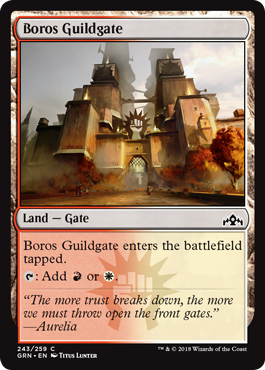
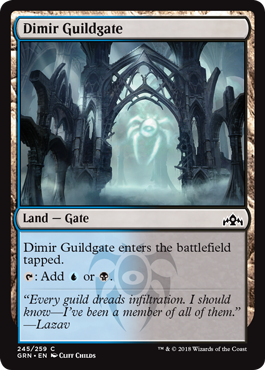
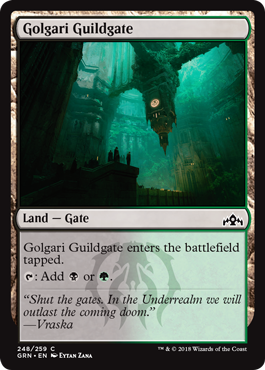
Again, great for fixing and granting important abilities to certain cards. Take as many as you can in a draft, but never do so at the cost of a solid spell. Splashing is possible in Guilds of Ravnica, and creeping into other colors is all the easier with one of these in every pack.
______________________
Now that we are finished, which color is the best at common? Which Guild is the best?
This early in the reviews, which is still quite long because of high card quality, I have two Guilds which I am favoring at the moment. I think Selesnya has the strongest individual cards, hitting hard with huge creatures early in the game. The convoke ability attached to a tokens based color combination means you’ll gain board presence with deadly cards very quickly, and combat tricks also come all the more cheaper with convoke, as well.
Selsenya is easy to set up and with a proper deck, it will provide the most consistent victories.
However, I don’t think there’s much question that Dimir is the best overall. Not only does it have strong individual cards, including all of Black’s removal in addition to Artful Takedown, but Dimir’s surveil ability is the easiest to play and get value out of. Surveil is attached to an awful lot of powerful cards, and payoffs aside, the mechanic makes it super easy to find the cards you need.
It also encourages players to splash into other Guilds! If players splash Red, they can tap into Izzet’s jump-start ability, easily loading up the graveyard with value cards that can be cashed in on later in the game.
Green is also a viable combination, splashing into Golgari decks, where surveil can easily dump creatures into the graveyard for huge undergrowth effects later in the game. When you’re playing at pre-release this week, expect to see a LOT of Blue/Black/Red Grixis and Black/Green/Blue Sultai decks. They are in a prime position to destroy limited over the next few months, based on what we’ve seen from these commons alone.
On its own, Golgari seems mediocre. Undergrowth doesn’t really gel on its own or inspire synergies like the other Guilds. With poor setup and under-powered payoffs, these decks will mostly get by on Black’s removal and Green’s big creatures alone, turning to the synergies of undergrowth occasionally as a tacked on bonus.
Izzet is very inconsistent. Jump-start is an okay mechanic, but the payoffs at common are not that great. Deal 2 damage for three mana, draw a card for two mana…meh. Having to sacrifice a card for these low-grade payoffs isn’t always going to provide a positive reward, and the mechanic also doesn’t even work if your hand is entirely played out, forcing players to usually keep an extra land in their hand at all times.
And Boros. Mentor is infinitely fascinating to me, especially once the ability starts to stack with multiple triggers or mentor creatures mentor other mentor creatures. It’s probably more fun on paper than it is in practice though. Players will need to perfectly ramp into mentor to get their decks rolling, but when they do… easy win. When they don’t… you’re stuck with a bunch of underpowered weenies staring down a 5/5 trample or 7/5 hexproof on turn-4 or turn-5.
So Dimir and Selesnya are where you want your commons to be. We’ll find out if this rings true once we cover the uncommons tomorrow.
